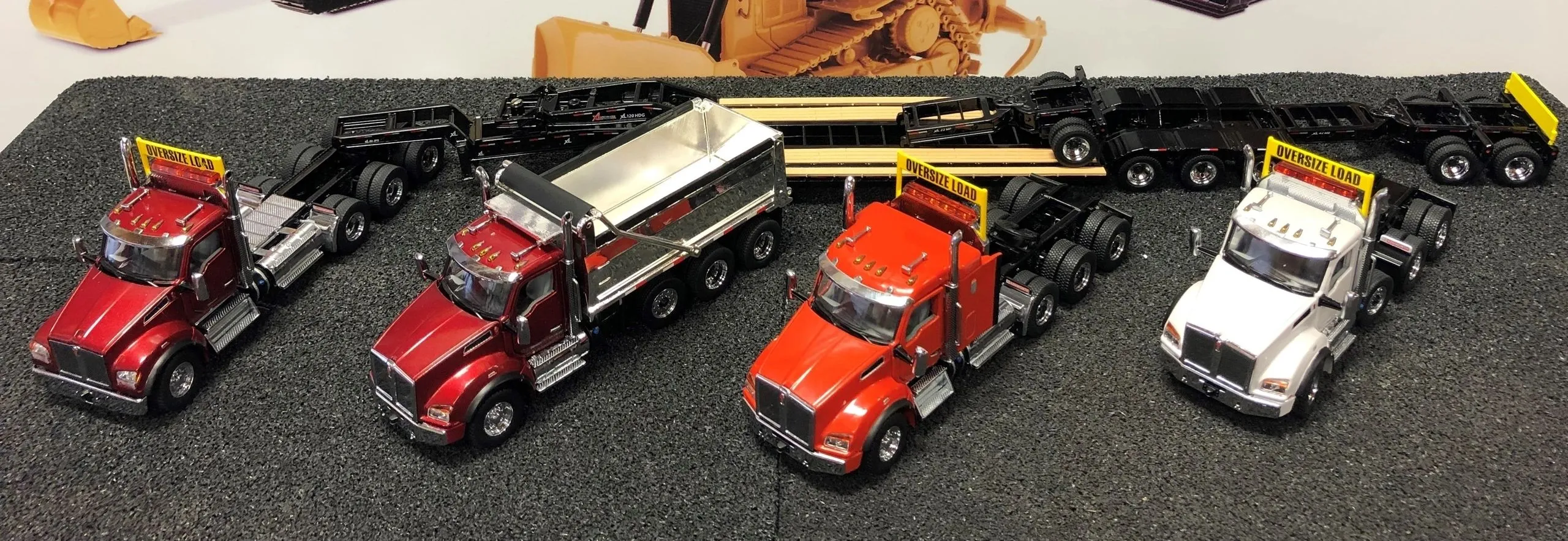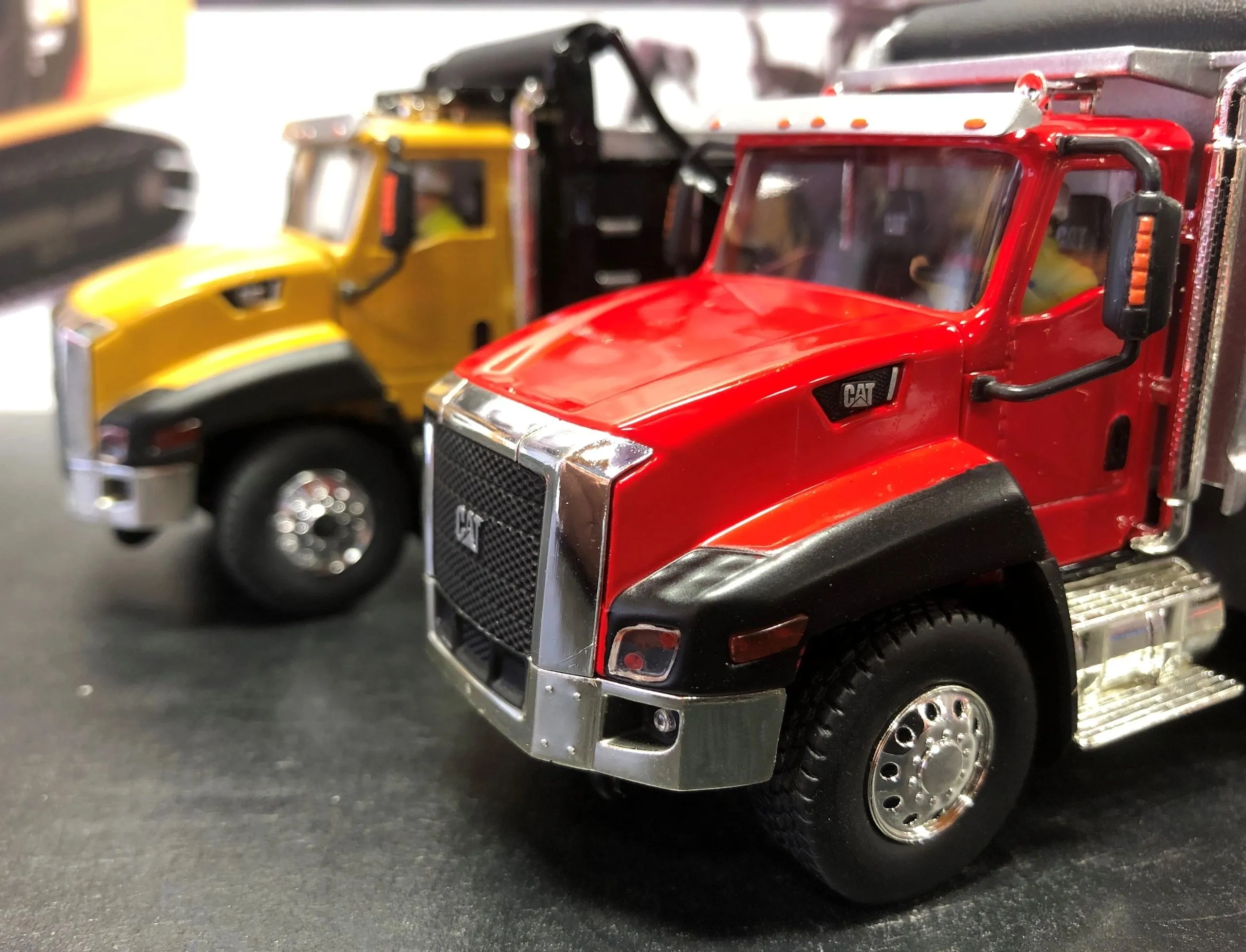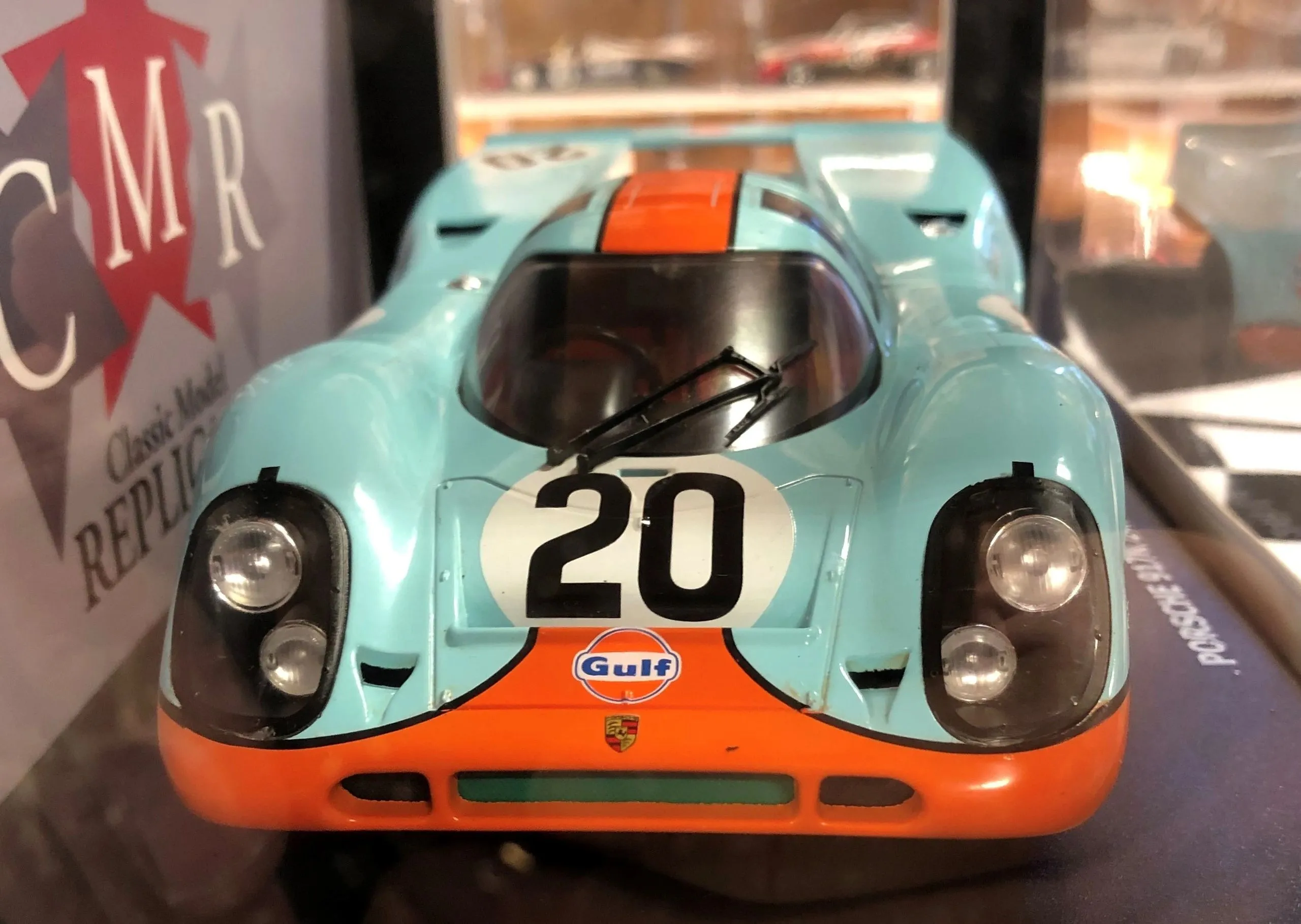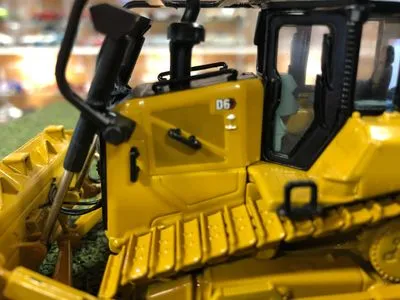Top 5 Diecast Models Collecting Tips
Diecast models have captured the hearts of collectors worldwide, offering a tangible connection to automotive history and design. Whether you’re a seasoned enthusiast or just starting your journey, there’s always more to learn and discover. This guide unveils the top five essential tips for diecast model collectors, ensuring you build a rewarding and valuable collection. These tips will help you navigate the world of diecast models, from understanding different scales and materials to finding rare pieces and preserving your collection’s value. Embrace the thrill of the hunt, the joy of display, and the camaraderie of fellow collectors, and you’ll find that diecast models are much more than just toys. They are intricate pieces of art, history, and passion, waiting to be discovered and cherished.
Tip 1 Research Your Models
Before you invest in any diecast model, thorough research is paramount. This involves understanding the model’s manufacturer, the specific year and make of the car it represents, and any special features or limited editions. Utilize online resources such as dedicated diecast model forums, collector websites, and auction sites to gather information. Check the model’s history, including production numbers, original selling price, and any known variations. This research will not only enhance your appreciation for the model but will also help you determine its authenticity and potential value. Look for reviews and comparisons to understand how the model stacks up against others in terms of detail, accuracy, and overall quality. The more informed you are, the better equipped you’ll be to make smart collecting decisions and avoid costly mistakes, ensuring you build a collection you’re proud of. Remember, knowledge is key in the world of diecast models.
Tip 2 Set a Budget

Collecting diecast models can quickly become an expensive hobby, so setting a budget is crucial. Determine how much you’re willing to spend monthly or annually to avoid overspending and financial strain. Within your budget, decide how you’ll allocate funds. Will you focus on a specific brand, scale, or era? Are you looking for high-end, detailed models, or are you happy with more affordable options? Track your spending and keep records of all your purchases to monitor your progress and make informed decisions. Regularly review and adjust your budget as needed, considering factors such as fluctuating market prices, the availability of rare models, and your evolving collecting goals. Sticking to a budget helps you maintain control, prevents impulse buys, and allows you to build a sustainable and enjoyable collection over time. This ensures you can continue to enjoy your passion for diecast models without compromising your financial well-being. Consider setting aside a small percentage for future pieces to avoid overspending on one-time finds.
Tip 3 Proper Storage Techniques
Proper storage is essential for preserving the condition and value of your diecast models. Protect them from dust, sunlight, and extreme temperatures, as these can cause fading, damage, and deterioration. Consider displaying your models in enclosed cabinets or display cases to minimize dust accumulation and accidental damage. If you don’t have display space, store your models in their original boxes or protective cases. Use acid-free tissue paper or bubble wrap to cushion the models and prevent scratches. Keep the storage area dry and well-ventilated to prevent moisture and mold growth. Regularly inspect your models for any signs of damage or wear, and take appropriate action to address any issues promptly. Proper storage not only protects your investment but also allows you to enjoy your collection for years to come, preserving their beauty and value. Consider a climate-controlled environment for optimal preservation, especially for valuable or delicate models.
Tip 4 Authenticity Verification
Authenticity verification is a critical step in collecting diecast models, especially when dealing with rare or valuable pieces. Familiarize yourself with the details of the models you’re interested in, including their markings, paint colors, and any unique features. Compare the model you’re considering with known authentic examples, looking for any discrepancies or inconsistencies. Examine the model’s packaging for any signs of tampering or counterfeiting, as well as the original box and paperwork. If possible, purchase models from reputable dealers or trusted sources who can provide documentation of authenticity. Don’t hesitate to seek expert advice from experienced collectors or appraisers, especially for high-value models. By taking these steps, you can protect yourself from purchasing fakes or misrepresented items, ensuring the integrity and value of your collection. A thorough inspection before purchasing is always worth the time and effort, especially for rare and limited-edition models.
Tip 5 Join a Collector’s Community

Joining a diecast model collector’s community is an excellent way to enhance your collecting experience. Connect with other enthusiasts through online forums, social media groups, and local clubs. Share your knowledge, learn from others, and exchange tips, advice, and information about models. Participating in a community provides opportunities to discover new models, find rare pieces, and get insights into market trends. Collector communities also offer a platform to buy, sell, and trade models with fellow enthusiasts, expanding your collection and potentially increasing its value. Additionally, these communities often host events, shows, and meetups, providing a chance to see collections, meet dealers, and connect with like-minded individuals. Building relationships within the collecting community enriches your hobby, making it more enjoyable and rewarding. Sharing your passion for diecast models fosters camaraderie and creates a supportive network for collectors of all levels. A strong network can help you find resources, and potentially increase the value of your model.
Understanding Diecast Model Scales
Diecast models are manufactured in various scales, each representing a different ratio to the real-life vehicle. Understanding these scales is crucial for collecting, as they affect the size, detail, and compatibility of models within your collection. The most popular scales include 1:18, 1:24, 1:43, and 1:64. The scale refers to the proportion between the model’s dimensions and the actual car’s size. For example, a 1:18 scale model is 1/18th the size of the original vehicle. Larger scales, such as 1:18 and 1:24, offer more intricate detailing and are often favored by serious collectors. Smaller scales like 1:64 are more affordable and take up less space, making them ideal for new collectors or those with limited display areas. Knowing the scale helps you accurately compare models, assess the level of detail, and determine how they will fit into your display setup. Collecting in a specific scale can also provide a sense of consistency and organization to your collection, making it more visually appealing and enjoyable to display. Choosing a scale is an important decision at the start of your collecting journey.
Why Scale Matters for Collectors
Scale is a fundamental aspect of diecast model collecting, influencing everything from the model’s level of detail to its display and storage requirements. For collectors, the scale dictates the model’s size, impacting how it fits within a display, how much detail can be incorporated, and ultimately, the overall aesthetic. Larger scales, such as 1:18, generally feature more intricate detailing, with opening doors, detailed interiors, and realistic engine compartments. This higher level of detail often appeals to serious collectors who value accuracy and realism. However, these larger models require more display space and can be more expensive. Smaller scales, like 1:64, are more space-efficient and affordable, making them popular for beginners and collectors with limited display areas. They still offer a wide variety of models, but the level of detail may be less extensive. Scale choice influences the type of models you can collect, and the space needed to store them. It plays a crucial role in creating a cohesive and visually appealing collection. The scale you select will influence how you will enjoy your collection.
Common Diecast Scales Explained

Several scales are commonly used in diecast model production, each offering a different level of detail and size. 1:18 scale is one of the most popular for serious collectors. These models provide extensive detailing, with opening doors, hoods, and trunks, as well as highly detailed engines and interiors. 1:24 scale models are another common choice, slightly smaller than 1:18, but still offering a good level of detail and often a wider range of available models. 1:43 scale models are smaller again, and are favored for their manageable size and affordability. They are widely available and offer a good balance of detail and value. 1:64 scale models are the smallest commonly found, perfect for collectors with limited space. Often referred to as ‘matchbox’ size, they’re great for beginners. Scale selection should also consider the type of vehicle being represented. These scales provide collectors with diverse options to create a comprehensive collection. Understanding the specifics of each scale allows you to make informed choices and build a collection that meets your preferences and space constraints. Choose what suits your collecting needs and desires.
Automobilia and Diecast Models
Automobilia, the broader term for collectible items related to automobiles, can significantly enhance the appeal and value of your diecast model collection. Automobilia encompasses a vast array of items, including vintage signs, dealership promotional materials, scale model accessories, and even original automotive ephemera. Integrating automobilia into your collection can create a more immersive and historically rich display, adding context and depth to your diecast models. Consider displaying your models alongside vintage gas station signs, advertising posters, or miniature garage sets to create a thematic and visually engaging environment. Automobilia not only complements your diecast models but also provides a unique opportunity to explore the history of automobiles, from their inception to the present day. The inclusion of automobilia can transform a simple display into a comprehensive celebration of automotive history. Whether it’s vintage posters or accessories, adding automobilia can enhance the collecting experience.
The Appeal of Automobilia
The appeal of automobilia lies in its ability to tell a story and transport collectors back in time, offering a tangible connection to the history and culture surrounding automobiles. For diecast model collectors, automobilia adds context, enhances the display, and deepens the appreciation for the cars represented by the models. Original dealership signs, service manuals, and promotional materials provide a glimpse into the marketing and design of vehicles from different eras. Vintage gas pumps, garage tools, and miniature service bays create a dynamic backdrop for diecast model displays, adding realism and visual interest. The pursuit of automobilia can also be a rewarding collecting experience in itself, offering the thrill of discovering rare and unique items. The combination of automobilia and diecast models can create a comprehensive and immersive collecting experience, allowing collectors to celebrate their passion for automobiles in a multifaceted way. Automobilia offers a variety of options, from posters to tools, that create a richer experience.
Finding Automobilia to Compliment Models

Finding automobilia to complement your diecast model collection can be an exciting and rewarding endeavor. Start by researching the specific era, make, and model of the vehicles represented in your collection. This will help you identify relevant items such as vintage advertising, service manuals, and promotional materials. Explore antique shops, flea markets, and online marketplaces like eBay and specialized automobilia websites. Attend car shows, swap meets, and collector events, where you can often find a wide variety of automobilia items for sale. Build relationships with dealers and collectors who specialize in automobilia, as they can provide valuable insights and help you locate specific items. Consider focusing on items that are in scale or are thematically related to your diecast models, such as miniature garage accessories or vintage gas pumps. Regularly check online auctions and classifieds to discover unique finds, and always verify the authenticity and condition of any automobilia item before purchasing. With patience and persistence, you can find automobilia to enhance your diecast model display.
